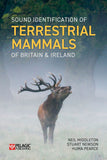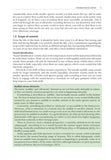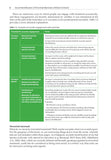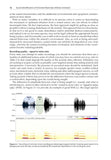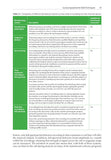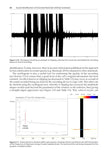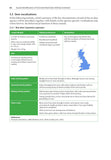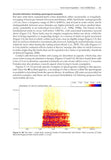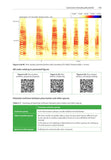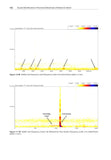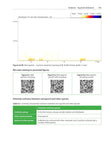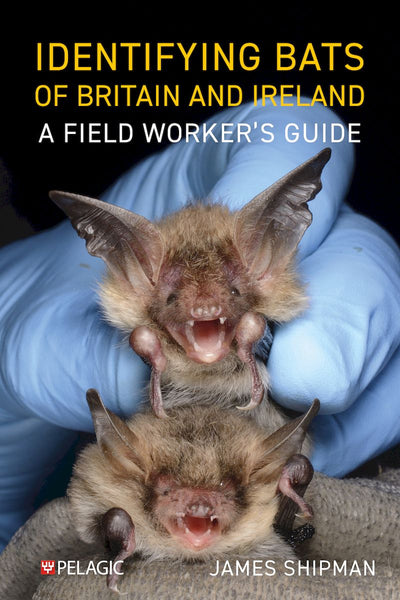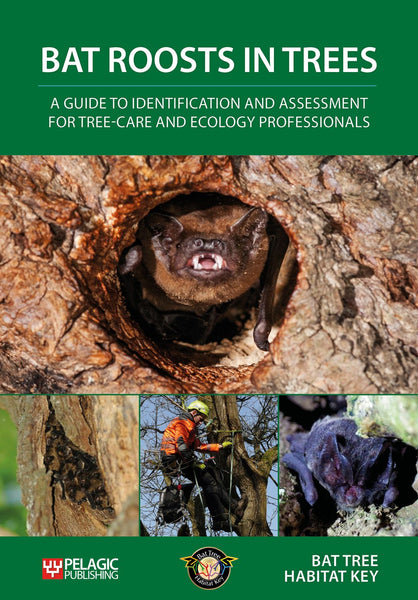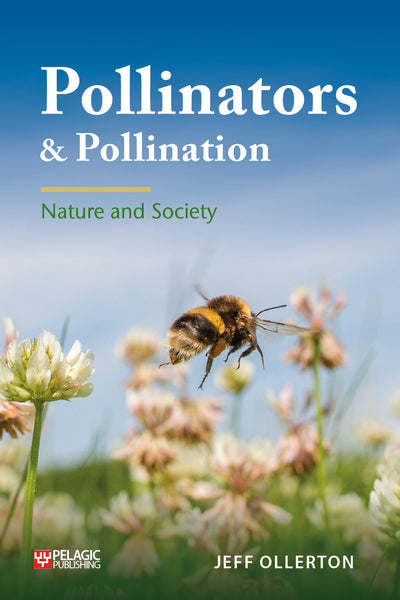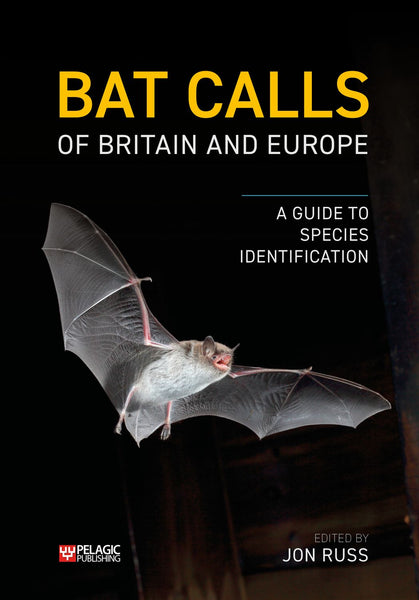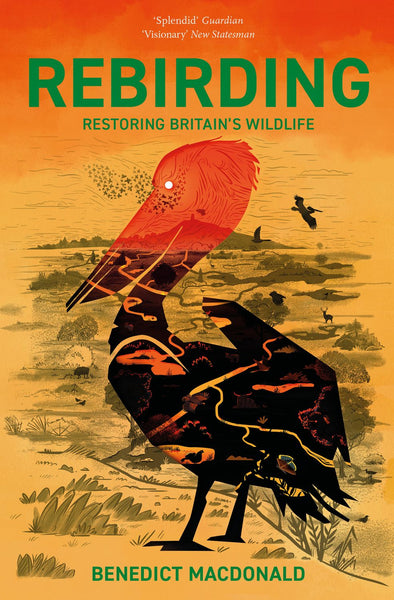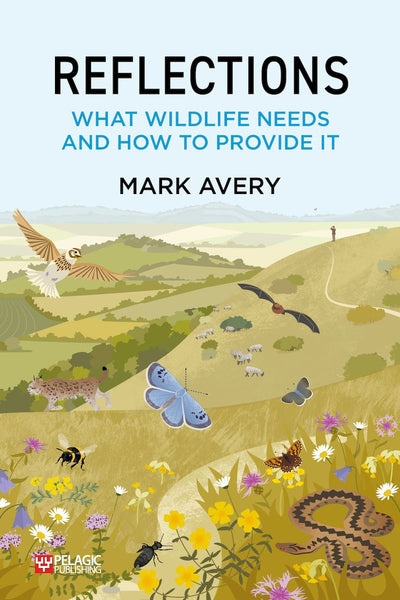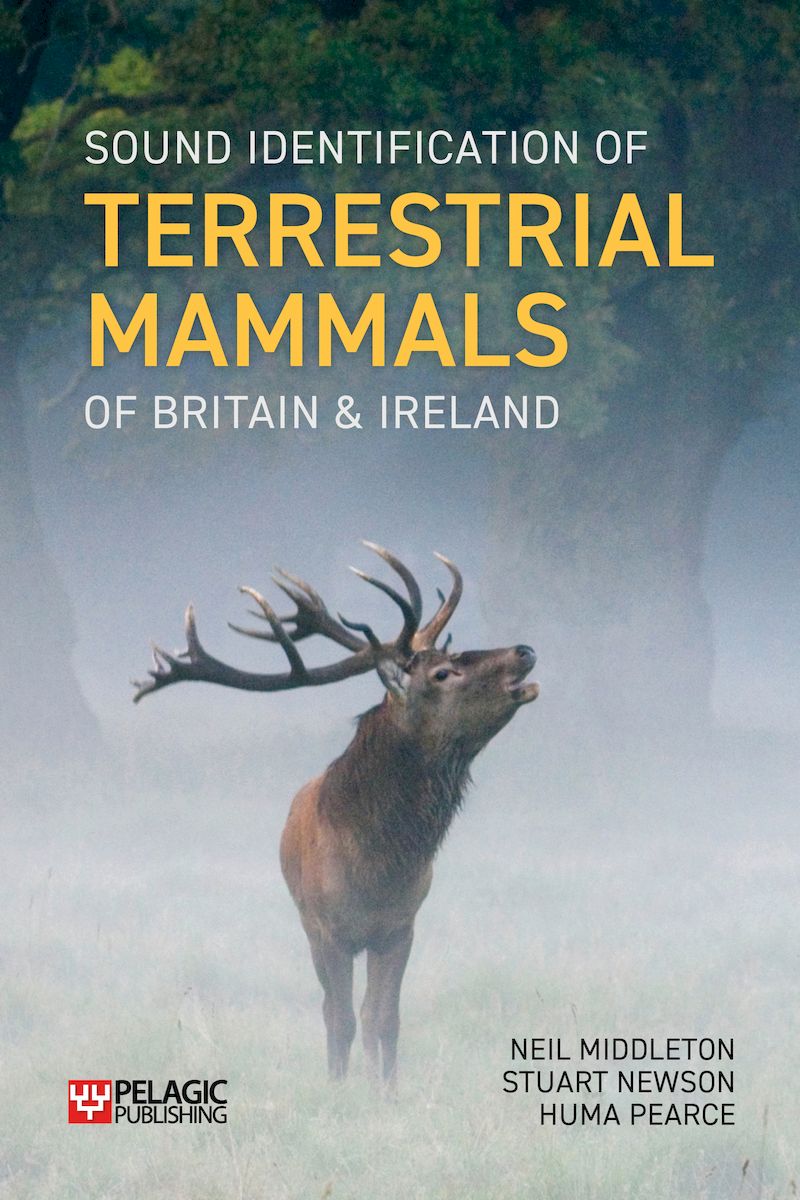
Sound Identification of Terrestrial Mammals of Britain & Ireland
- Covers 42 species of terrestrial mammal in Britain, Ireland, the Isle of Man and the Channel Islands.
- Packed with over 300 figures and spectrograms.
- Access to a downloadable sound library of more than 250 recordings.
- There are bird sound guides aplenty, but mammals have long been poorly represented. This excellent and detailed publication plugs that gap.
—Simon Elliott, Wildlife Sound Recording Society
Description
This ground-breaking volume covers 42 species of terrestrial mammal – from the red deer to the pygmy shrew, from the pine marten to the hedgehog. The subject is introduced for the first time as a single overarching field of study, including guidance on survey methods, analysis of sound recordings and appropriate software. The book covers species in Britain, Ireland, the Isle of Man and the Channel Islands.
Containing over 300 figures in total, each species is considered in detail, with specific spectrogram examples. Furthermore, the book allows the reader access to a downloadable sound library containing more than 250 recordings.
The authors have extensive experience and expertise in bioacoustics, including in the sound identification of mammals. They are also heavily involved in creating tools that use machine-learning algorithms to recognise mammal species from their calls. A real ear-opener, this will be the essential handbook for many years to come, serving ecological consultants, academics, conservationists, hobbyists and serious mammal recorders alike.
DOI: 10.53061/VHUN1535
Table of Contents
Foreword
Preface
Acknowledgements
About the Authors
Preamble
About the Sound Library
1. Introduction & Context
2. Survey Equipment & Field Techniques
3. Analysis of Acoustic Recordings
4. Overview of the Species Group-specific Chapters
5. Even-toed Ungulates – Deer & Wild Boar
6. Carnivores (Including Mustelids)
7. Lagomorphs – Hares & Rabbits
8. Rodents – Squirrels & Beavers
9. Rodents – Rats, Mice, Voles & Dormice
10. Insectivores – Hedgehogs, Moles & Shrews
Appendix I – Glossary
Appendix II – Case Studies
References
Index
Reviews
- An essential aid to identifying those mysterious sounds in the undergrowth. There are bird sound guides aplenty, but mammals have long been poorly represented. This excellent and detailed publication plugs that gap.
—Simon Elliott, Wildlife Sound Recording Society - This timely book is an excellent practical guide to the rapidly developing field of acoustic monitoring and how it can be used to study terrestrial mammals in the wild. The book is packed with useful information and real-world advice. The analyses of example recordings from each species and the accompanying sound reference library are invaluable to anyone embarking on a study of this kind.
—Dr Nigel Reeve, former Head of Ecology for The Royal Parks - Regardless of your level of expertise this book has something to offer, reminding us that sound, which plays such an important role in bird identification, is missing from the mammal toolbox, especially for the ultrasonic noises of the small mammals. Written in plain English so its meaning is clear, and with case studies for hard to record species like dormice, this book will open up vocalisation as a recording method to all mammologists.
—Derek Crawley, Vice Chair of the Mammal Society - This is a wonderfully detailed and comprehensive dive into the world of listening and identifying mammalian sounds. The authors pass on a lifetime’s knowledge of their learning and experience with in-depth analysis of waveforms and spectrograms of the different species groups to show how to engage with this fascinating area of study. As a sound recordist who occasionally enters the ultrasonic world this book is a revelation and I have learnt so much.
—Dr Mike Challis, sound artist, maker and educator - We wildlife sound recordists (both Pro & non-Pro) now have a handy reference for recording mammal sounds. The book is well laid out, well written, and full of invaluable resources... In summary, if you work with terrestrial mammals – and most especially if it is in the British Isles or Ireland: then you simply must get a copy of this book!
—Al Milano, Bat Detecting blog - This is a beautifully produced publication, thoroughly researched and packed with useful, often surprising facts... if you’re at all interested in recording British or Irish mammals, you will want it on your bookshelf.
—Simon Elliott, Wildlife Sound - ...detailed and comprehensive, whilst at all times being fully accessible to the more general naturalist. Another excellent and definitive volume to add to the bookshelves.
—Clive Herbert, London Naturalist Newsletter - Produced by a tour de force of acoustic ecologists, this book is a useful reference for anyone with an existing or new interest in recording.
—Theodore Brook, BNA News Bulletin - This is a really useful and important book. And more than that, it’s really well written, well illustrated and full of fascinating insights... highly recommended.
—Ferdia Marnell, Irish Naturalists' Journal
About the Author
Neil Middleton is a licensed bat worker and trainer, and is the owner of BatAbility Courses & Tuition (www.batability.co.uk), an organisation that delivers ecology-related skills development to customers throughout the UK and beyond. He has a constant appetite for self-development, as well as seeking to develop those around him, and to this end he has designed and delivered in excess of 400 training events covering a wide range of business and ecology-related subjects. Neil has had a strong interest in the natural world since childhood, particularly in relation to birds and mammals. He has studied bats for over 25 years, with a particular focus on their acoustic behaviour (echolocation and social calls).
Other books also available by Neil Middleton:
Social Calls of the Bats of Britain & Ireland (2nd Edition). Pelagic Publishing, Exeter, 2022.
Is That a Bat? A Guide to Non-Bat Sounds Encountered During Bat Surveys. Pelagic Publishing, Exeter, 2020.
The Effective Ecologist – Succeed in the Office Environment. Pelagic Publishing, Exeter, 2016.
Stuart Newson is a Senior Research Ecologist at the British Trust for Ornithology, where he is involved in survey design and data analysis from national ‘citizen-science’ surveys. While birds have been the core of his work, Stuart has an interest in bats and acoustic monitoring – in particular, how technology can deliver opportunities for conservation and provide ways to engage with large audiences. Stuart’s work on bioacoustics has included creating tools to identify European bats, bush-crickets and small mammal species from their ‘calls’. This resulted in the BTO Acoustic Pipeline, which integrates online tools for coordinating fieldworkers, processing recordings, and returning feedback to encourage large-scale participation in acoustic surveys. Stuart is also a member of Natural England’s Bat Expert Panel.
Huma Pearce is a freelance ecologist with a specialist interest in mammals. She has worked on various small and medium sized mammal monitoring projects in the UK and abroad, training students and citizen science volunteers in mammal survey techniques. She developed an interest in bats in 2005, which sparked an interest in sound analysis for species identification and behavioural studies. Huma has since contributed to sound libraries (e.g. BTO Acoustic Pipeline) and has become an advocate for the application of bioacoustics for monitoring bats and other mammals. As such, Huma is never far away from either a recording device, a new site to explore, or the analysis of megabytes of data from previously deployed sessions.
Bibliographic Information
 392 pages
392 pages - 328 figures, including oscillograms, spectrograms, graphs and charts, 16 colour photographs, 43 maps
- 98 tables
- BISAC SCI070030, NAT019000
- BIC PSVW7, WNCF






